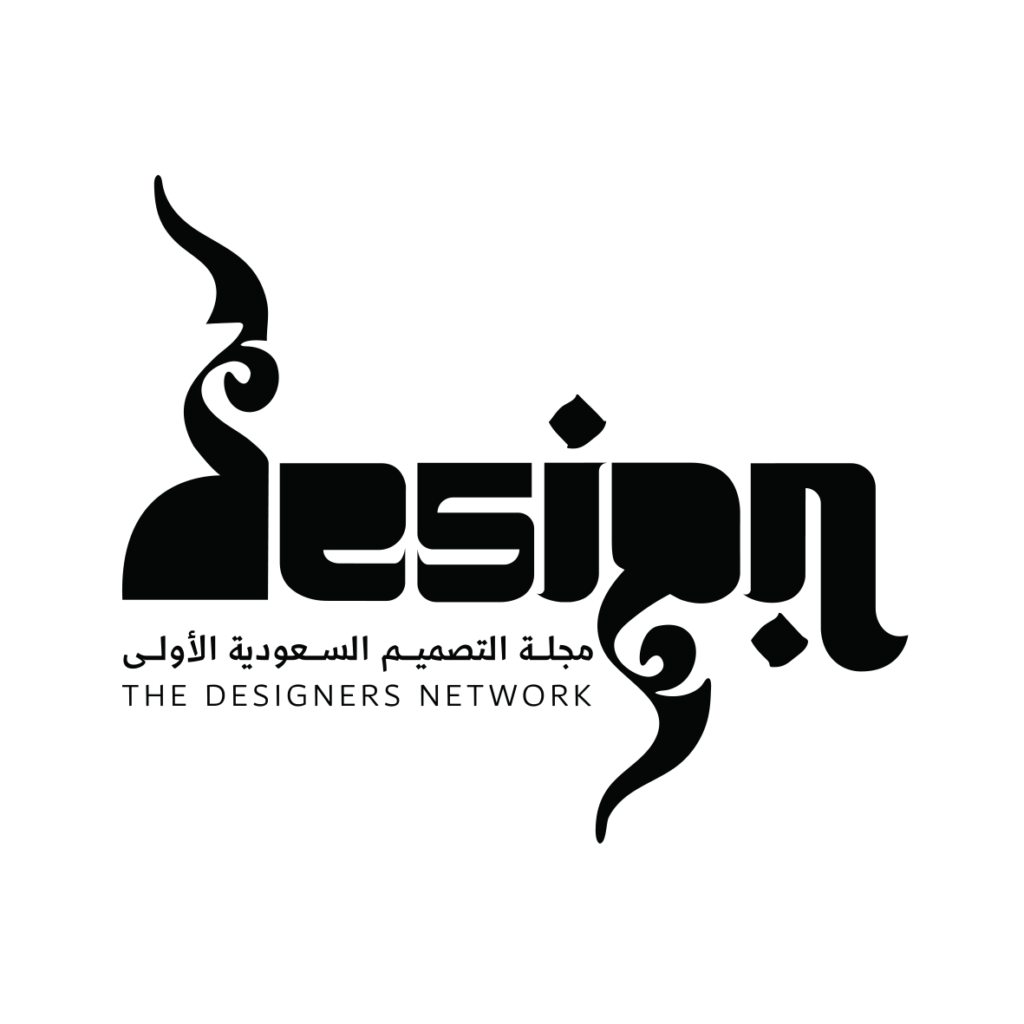There’s a tug of war happening throughout the graphic design world, and it’s little evident to those of us who are not involved in contemporary font design. In one camp, you have those graphic designers who are keen on digitizing Arabic letters and making fonts look modern; whilst in the opposing camp, there are those that interpret calligraphy in a modern way, but also work hard to design the calligraphy in a style that’s aesthetically pleasing by depicting the word as a piece of art.
Just as paper once revolutionized calligraphy’s move from papyrus, AlMohtaraf has further revolutionized the shift of calligraphy from classical to modern graphic interpretation. This shift was partly fuelled by AlMohtaraf’s response to the Arab World’s demand for modern Arabic typefaces that speak and reflect their Arab contemporaries.
is within all of us – if history has any such value, it only has as much as is livingwithin us, -KAMEEL Hawa
Yet, before we accept any persons’ interpretation of our heritage, we have to ask ourselves what is the heritage we should preserve? And how does one become endowed with this duty of preservation and interpretation? “Arab her it ageis within all of us – if history has any such value, it only has as much as is living within us,” reveals Mr. Kameel Hawa, Creative Director of AlMohtaraf.
Through a delicate and meticulous process of liberating Arabic characters into the digital arena, whilst keeping the spirit of classical calligraphy, AlMohtaraf has successfully developed complete families of Arabic fonts: AlMohtaraf, AlDarah, Modern, Cortas, Mizan, Watad, Basit, Shams, and Metro.
AlMohtaraf skips past whatever Western interpretation has been prescribed to interpret Arabic text and starts the creative process from the very same point as the very first calligraphers themselves – at the beginning. As the birthplace of Islamic calligraphy, it’s only fair that we of the Arab world, pave the way for interpreting our heritage and creating something new.
“As much as you belong to heritage, you also belong to the modern age.
What I do is the fruit of the modern age—a genuine contribution to modern art.
There’s so much contemporary art that’s not genuine– they don’t encompass the true, genuine characteristics. Galleries play a role in encouraging both good art and bad art to monopolize and drive prices up.
This can influence art in a negative way, by exploiting art and its artists.”
Calligraphy is the most ancestral form of Islamic artistic expression in the Arab world.
Graphic designers have been using calligraphy art to inspire them to generate their modern creations.
Yet, where as the majority of current graphic expression of classical calligraphy styles lean towards Western interpretations of Arab art, AlMohtaraf takes inspiration from within.

Not all fonts, however, are created equal. The modern interpretations of classical Arabic font that do meet success occur when the interpreter facilitates our travel back to our historical heritage.
Their role as interpreter is to visually share the spirit of what we see before us and navigate us back to our ancestral roots. Somewhere, along our journey we find our special sync with tradition and discover its resonance among our contemporary times.
“When you design font, you design a piece of cold abstract metal. A hand is driven by the mood you’re feeling,” explains Mr. Kameel Hawa. “As you may start the process drawing with the hand, you soon fall into the process [of] drawing the letters with your eyes. It’s about how we design [modernity], while embracing history. Word art, free-hand calligraphy, font design… these artistic forms all stem from the hand stemming from the soul.”
Calligrams , the technique of arranging a font in a way that reflects the meaning of the word that’s been written, is a method AlMohtaraf has successfully used to guide their creative process. These anagram-esque formats became popular with leading calligraphers in the 17th century throughout Turkey, Persia, and India; giving AlMohtaraf’s word art that deviant yet historic quality, which likens itself to the work of Picasso and Matisse.

Laterally expanding the artistic interpretation of calligraphy, AlMohtaraf is bringing tradition to our contemporary times, in the same way the Crusaders introduced the elaborately weaved Islamic calligraphy inscription son patterned silk to Europe.
“Asa human being you have the right to be part of any heritage, when it moves you and be comes a part of you, then you have the right to own it.
You’re not receiving your her it again itself superficially, but you’re be coming part of the heritage that is still within you. It touches something that’s already there –that’s what you truly inherited. When you experience your heritage, it’s not about recognition, but about absorbing.”

